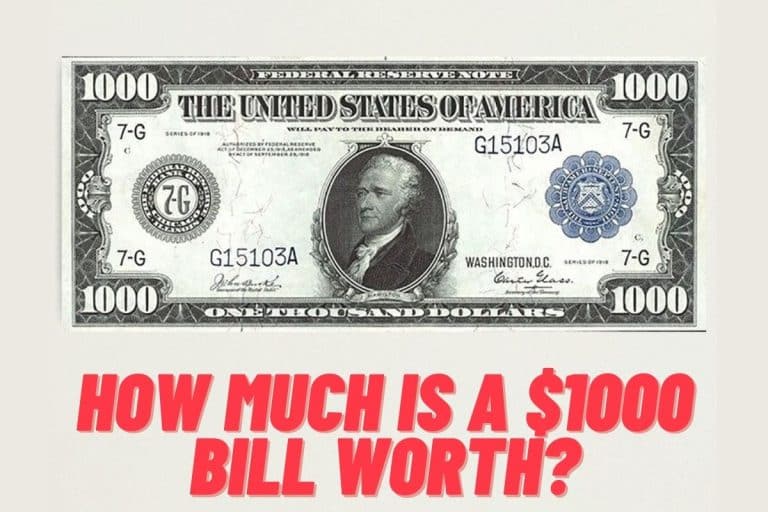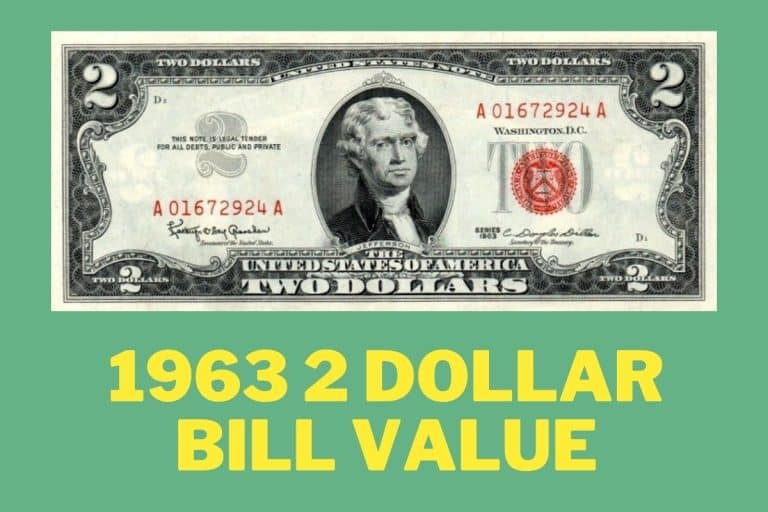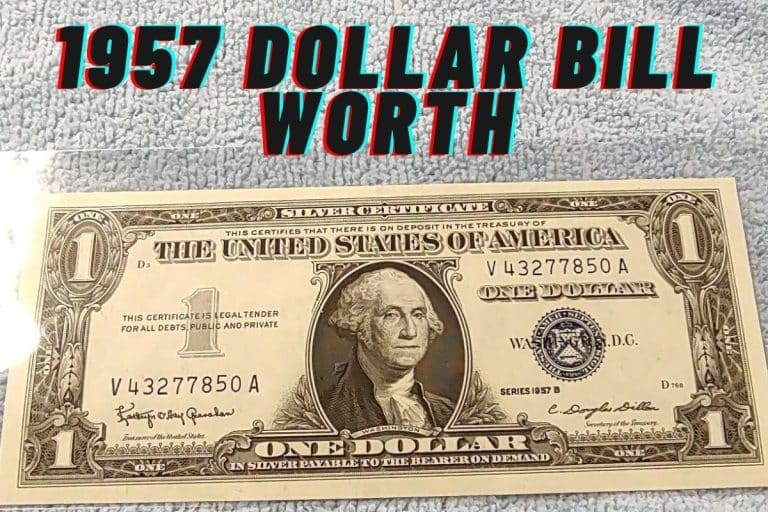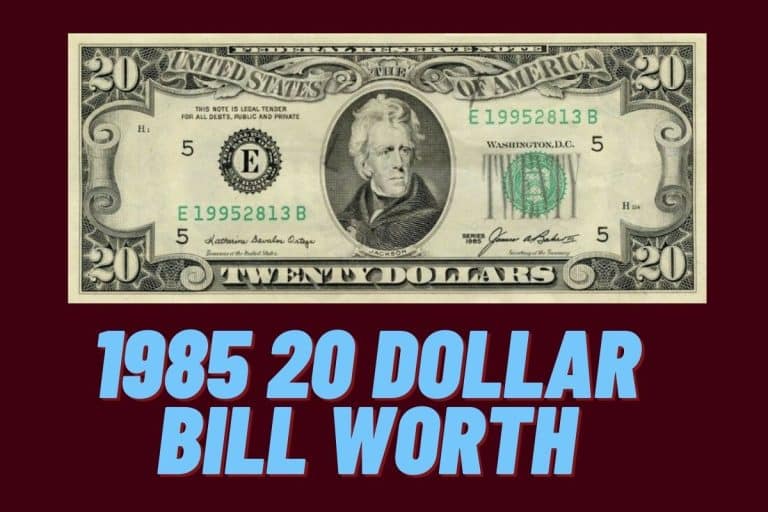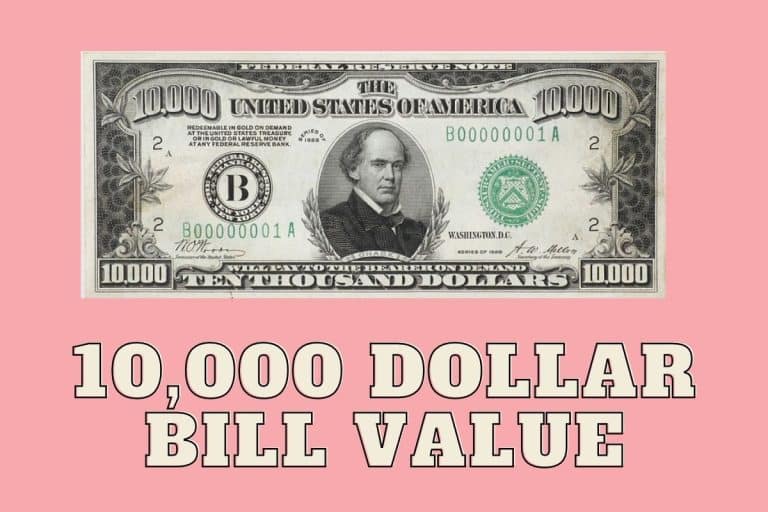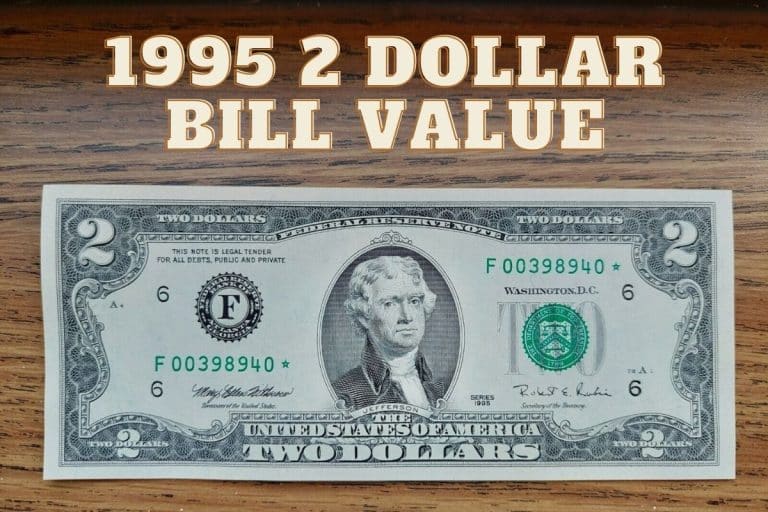Collectors and enthusiasts alike – get an in-depth look at the 1976 $2 bill. Discover its history and the different factors affecting its value, as well as tips to keep in mind as you learn more about this remarkable bill.
All numismatists have one thing in common, they have a profound knowledge of history. They’re interested in the history of the currencies they collect, including the context in which they were created, the people depicted on them, and the events they commemorate. As a result, they carry a wealth of information about their currency of choice.
The value of the 1976 $2 bill, along with other rare currencies are determined by collectors. The value is not only dependent on the physical condition of the bill, but on the demand from collectors at the time of sale. In this guide, we dive into the different aspects affecting the value of the bill to guide collectors in making informed decisions.
Brief History of the 1976 2 Dollar Bill
In 1948, Congress passed the Coinage Act, a legislation allowing more denominations to be printed with different designs or themes. This change paved the way for the 1976 redesign of the $2 bill. The redesign was also part of a larger effort to celebrate the nation's 200th anniversary, which included the production of bicentennial quarters, half-dollars, and dollar coins.
The redesigned $2 bill features a depiction of the signing of the Declaration of Independence on the back, with the front retaining the portrait of Thomas Jefferson, the third President of the United States, which had been on the bill since 1928. The back of the bill also includes an image of the painting “The Trumbull Declaration of Independence,” which portrays the moment when the Founding Fathers signed the document that declared the United States' independence from Great Britain.
The 1976 $2 bill is still considered legal tender and can be used for transactions like any other U.S. currency. However, it is less commonly circulated than other denominations, such as the $1, $5, $10, and $20 bills.
The value of a 1976 $2 bill in the circulated condition is no more than its face value of $2. However, if the bill is uncirculated and has no signs of wear and tear, it could be worth slightly more to collectors.
1976 2 Dollar Bill Value by Condition
- Uncirculated: An uncirculated 1976 $2 bill, which means it has never been used and has no signs of wear, can be worth around $9-$15.
- Crisp: A crisp 1976 $2 bill, which has been handled but shows no signs of folds, can be worth around $6-$10.
- Fine: A 1976 $2 bill in fine condition, which may have some folds and slight wear, can be worth around $3-$5.
- Good: A 1976 $2 bill in good condition, which may have significant wear and creases, can be worth around $2-$3.
- Poor: A 1976 $2 bill in poor condition, which may have tears, holes, or significant damage, may only be worth its face value of $2.
1976 2 Dollar Bill Value by Serial Number
Rare Serial Numbers
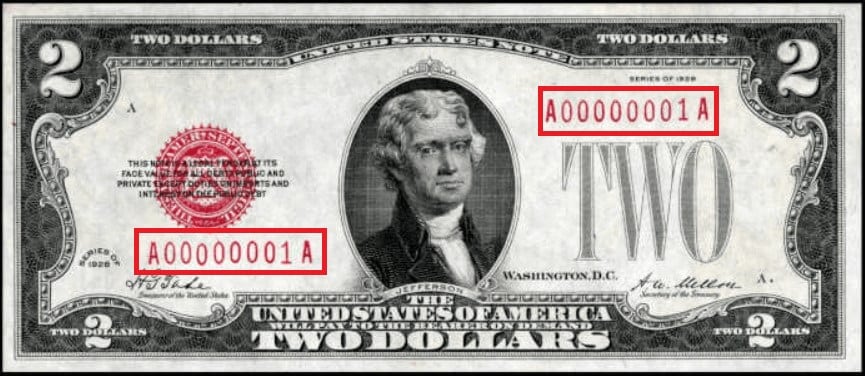
Certain serial numbers on the bill can increase its value, especially if they are rare or unusual. For example, bills with low serial numbers, such as 00000001 or 00000002, or repeating numbers, such as 22222222, can be more valuable to collectors. Bills with sequential numbers, such as 12345678, can also be desirable.
Star Notes

Star notes are replacement notes that are printed to replace damaged or misprinted bills. They are identified by a star symbol at the end of the serial number. They are rarer than regular notes and can be more valuable to collectors. In general, a 1976 $2 star note in uncirculated condition can be worth around $20-$25, while one in circulated condition may be worth around $10-$15.
1976 2 Dollar Bill Value by Signature Combination

- Morton/Blumenthal: It is the most common and is, therefore, the least valuable. A 1976 $2 bill with this signature combination in uncirculated condition can be worth around $5-$8.
- Neff/Simon: It is less common than the Morton/Blumenthal combination, and bills with this combination can be more valuable. In uncirculated condition, it can be worth around $10-$15.
- Granahan / Soo: It is the rarest of the three and can be the most valuable. A 1976 $2 bill with the Granahan/Soo signature combination in uncirculated condition can be worth around $25-$30.
1976 2 Dollar Bill Value by Location of Issue

Federal Reserve Banks
$2 bills issued by certain Federal Reserve Banks can be more valuable to collectors. For example, bills issued by the San Francisco or Minneapolis Federal Reserve Banks can be more desirable than bills issued by other banks. A 1976 $2 bill issued by a desirable Federal Reserve Bank in uncirculated condition can be worth around $10-$15.
Treasury Department
$2 bills issued directly from the Treasury Department can be more valuable than those issued by Federal Reserve Banks. These bills that had a red seal before 1979 now changed to bear a green seal. A 1976 $2 bill issued by the Treasury Department in uncirculated condition can be worth around $15-$20.
What Determines the Value of 1976 $2 Bills?
The value of a 1976 $2 bill is determined by several factors, including its condition, age of mintage, serial number, and any errors or misprints.
Paper money's value is often tied to its condition. Bills that are uncirculated and haven't been used are usually worth more than those that have been circulated. Uncirculated bills typically retain their original mint condition, making them desirable for collectors. When money circulates, it can show signs of wear and tear like wrinkles, folds, or discoloration. This can have a negative impact on the value of the bills.
The age of a 1976 $2 bill is an important consideration when it comes to its value. Generally, the older the bill, the better; however, this may not apply to 1976 $2 bills as they were produced in large quantities back then. Thus, age may not be as significant for this particular currency as other factors.
Serial numbers can be a factor in determining the worth of a 1976 $2 bill. Collectors may seek out lower or higher number bills as they are considered rarer and therefore more valuable. Particular serial numbers, including those with repeating digits or patterns, could add even more value to the bill.
A regular $2 bill from 1976 doesn't hold much value, but if it contains any errors, like a doubled or misplaced seal – its value can increase substantially. Such misprints are more common than you would think and can fetch high prices at auction, making them an attractive item for collectors.
Tips for Collectors

1. Research the market.
Before buying or selling 1976 $2 bills, determine the current market trends and values. Look for recent sales of similar bills and check online auction sites and dealer websites to get an idea of what the bills sell for.
2. Use professional grading services.
Consider using a professional grading service to determine the bill's condition accurately. These services can assign a grade to the bill and provide a detailed report of its condition, which can help determine its value.
3. Buy from reputable sellers.
Reputable sellers are knowledgeable about the market and can verify the authenticity of the bills. Look for dealers who specialize in currency and have a good reputation in the industry.
4. Keep bills in good condition.
To maintain their value, it's important to handle them carefully and store them in a safe place. Avoid exposing them to moisture or direct sunlight, and use protective sleeves or holders to prevent damage from handling.
Conclusion
When it come to value, factors such as serial numbers, signature combinations, and location issued play a huge role. These impact the value and desirability of the bills. Look for bills with rare or unusual features that may be more valuable to collectors.

